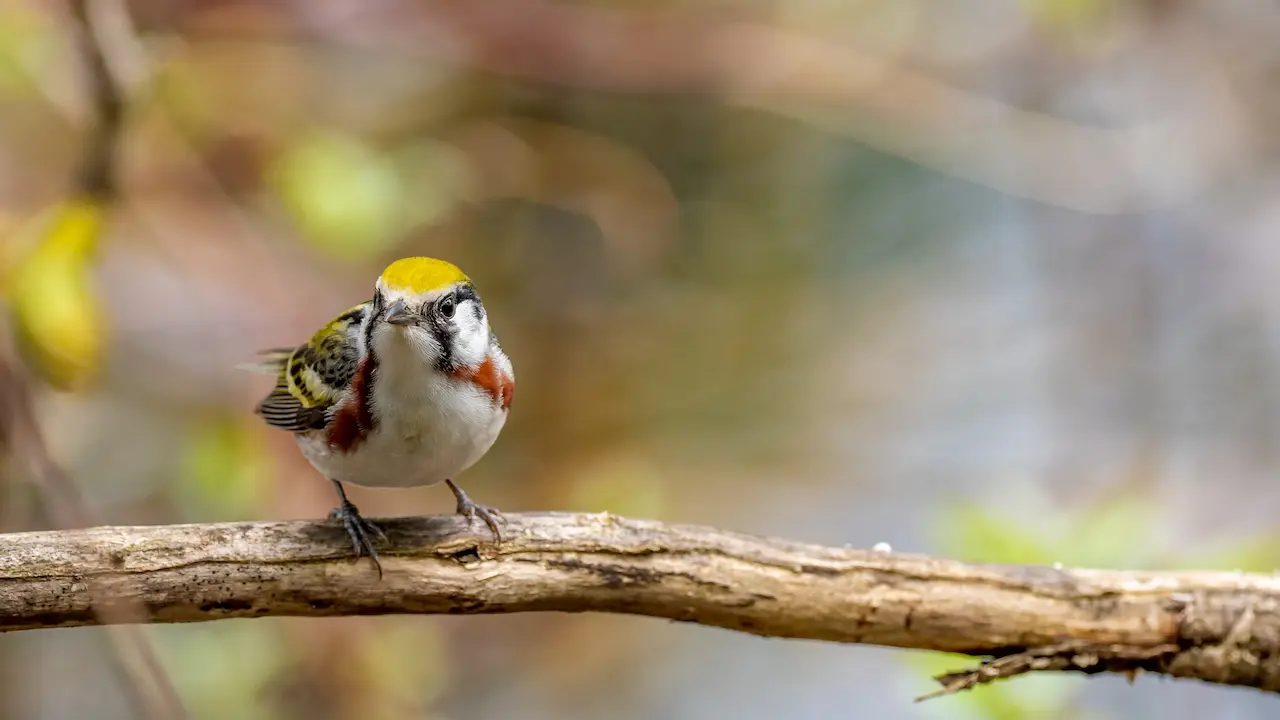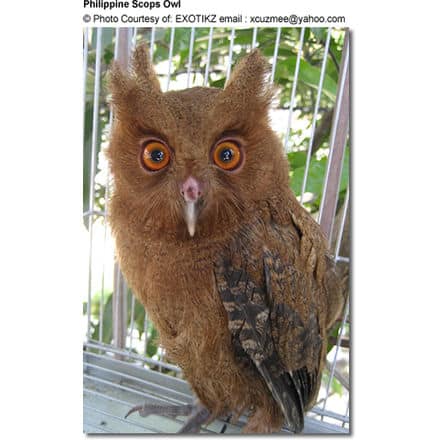Glowing Pufflegs
The Glowing Pufflegs (Eriocnemis vestita) is a South American hummingbird found in the northern and northwestern Andes north and west of the Rio Maranon River (Peru), where this puffleg has a fragmented distribution in Colombia, eastern Ecuador, extreme northwestern Peru, and western Venezuela.
This puffleg species is restricted to the Andes, but fairly common in humid montane forests and along forest edges at 8,000 – 10,000 ft (2,450 – 3,200 m). They inhabit subtropical or tropical moist montane forests and heavily degraded former forests.
Subspecies and Distribution:
-
- Eriocnemis vestita vestitus (Lesson, 1838) – Nominate Race
- Range: Northwestern Venezuela and east Andes of Colombia.
- Eriocnemis vestita paramillo (Chapman, 1917)
- Range: Northern parts of the west and central Andes of Colombia.
- Range: Southwestern Colombia the Andes of Ecuador and extreme northern Peru.
- Eriocnemis vestita vestitus (Lesson, 1838) – Nominate Race
Hummingbird Resources
- Hummingbird Information
- Hummingbird Amazing Facts
- Attracting Hummingbirds to Your Garden
- Hummingbird Species
- Feeding Hummingbirds
Alternate (Global) Names
Spanish: Calzadito Reluciente, Calzoncitos Reluciente, Colibrí Pantalón Verde … Italian: Colibrì zampepiumose smagliante, Fiocchetto lucente … French: Érione pattue … Latin: Ericonemis vestitus, Eriocnemis vestita, Eriocnemis vestitus … Japanese: hikariwataashihachidori … Czech: Kolibrík žhnoucí, kolib?ík žhnoucí … Danish: Glitrende Kvastben … German: Bronzeschneehöschen, Bronze-Schneehöschen, Violettkehl-Höschenkolibri … Finnish: Hohtosukkakolibri … Dutch: Groen Pluimbroekje … Norwegian: Purpurstrupedunfot … Polish: puchatek szmaragdowy … Russian: ????????? ????? … Slovak: pancuchárik žiarivý … Swedish: Glittertofsbena

Description
The Glowing Pufflegs measures about 4.1 – 4.3 inches (10.5 – 11 cm) in length – including its straight black bill and blue forked tail. Its bill is about 0.7 inches or 1.8 cm long. It has distinctive white eye spots.
The plumage is mostly a glittering green, except for the blue vent, rump, and gorget (throat patch) of the male. They have extensive rufous or buff flecking on the under plumage, which differentiates them from other pufflegs, which are more uniformly green, lacking any brown or buff markings.
This species was named for the snow-white dense feathering around the legs known as “leg puffs” (which are not always visible). These leg puffs are unique to the pufflegs and have been described as resembling “woolly panties” or “little cotton balls” above the legs,
The female’s plumage is generally duller, even though she usually retains some blue on the throat.
Similar Species: They look similar to the Sapphire-vented Pufflegs, which are, however, larger in size, and have a paler green plumage and an entirely green throat.

Calls / Vocalizations
Like most hummingbirds, they are mostly silent. Their occasional calls (often given after taking flight) are described as a monotonously repeated metallic “tsip tsip tsip“.
Nesting / Breeding
Hummingbirds are solitary in all aspects of life other than breeding, and the male’s only involvement in the reproductive process is the actual mating with the female. They neither live nor migrate in flocks, and there is no pair bond for this species. Males court females by flying in a U-shaped pattern in front of them. He will separate from the female immediately after copulation.
One male may mate with several females. In all likelihood, the female will also mate with several males. The males do not participate in choosing the nest location, building the nest, or raising the chicks.
The female Glowing Puffleg is responsible for building the cup-shaped nest out of plant fibers woven together and green moss on the outside for camouflage in a protected location in a shrub, bush, or tree.
She lines the nest with soft plant fibers, animal hair, and feathers down, and strengthens the structure with spider webbing and other sticky material, giving it an elastic quality to allow it to stretch to double its size as the chicks grow and need more room. The nest is typically found on a low, thin horizontal branch.
The average clutch consists of two white eggs, which she incubates alone, while the male defends his territory and the flowers he feeds on. The young are born blind, immobile, and without any down.
The female alone protects and feeds the chicks with regurgitated food (mostly partially digested insects since nectar is an insufficient source of protein for the growing chicks). The female pushes the food down the chicks’ throats with her long bill directly into their stomachs.
As is the case with other hummingbird species, the chicks are brooded only the first week or two and are left alone even on cooler nights after about 12 days – probably due to the small nest size. The chicks leave the nest when they are about 20 days old.
Diet / Feeding
The Glowing Pufflegs primarily feed on nectar taken from a variety of brightly colored, scented small flowers of trees, herbs, shrubs, and epiphytes. They favor flowers with the highest sugar content (often red-colored and tubular-shaped) and seek out, and aggressively protect, those areas containing flowers with high-energy nectar.


